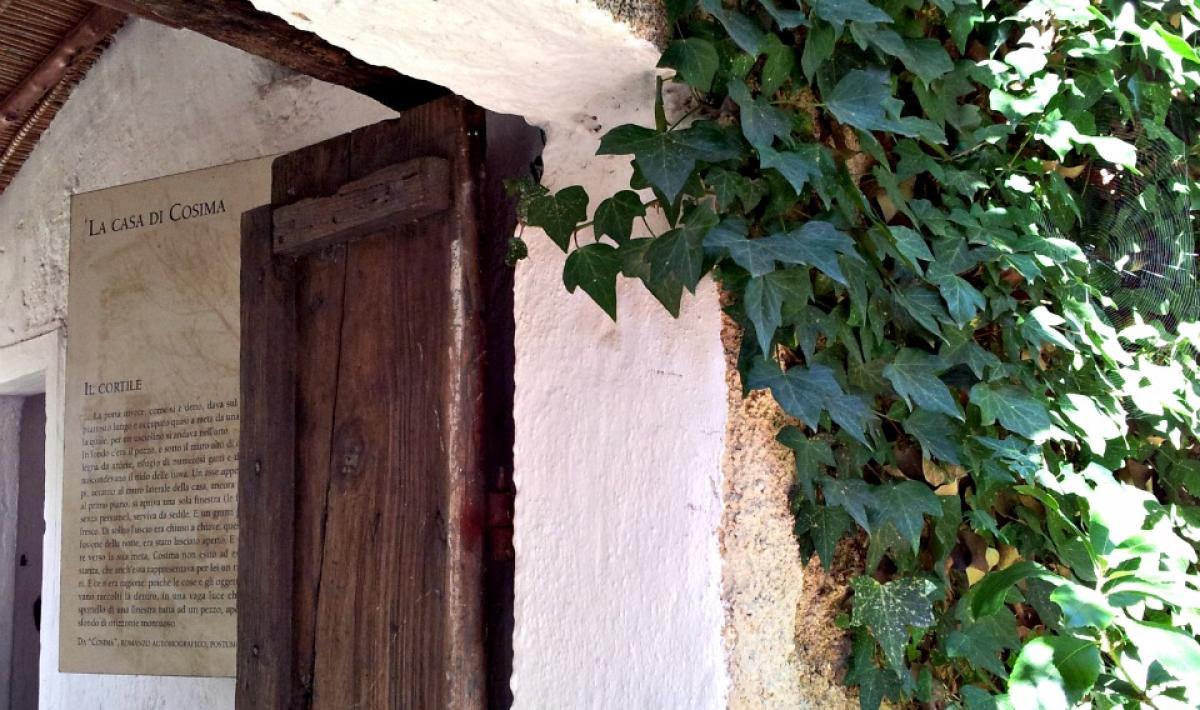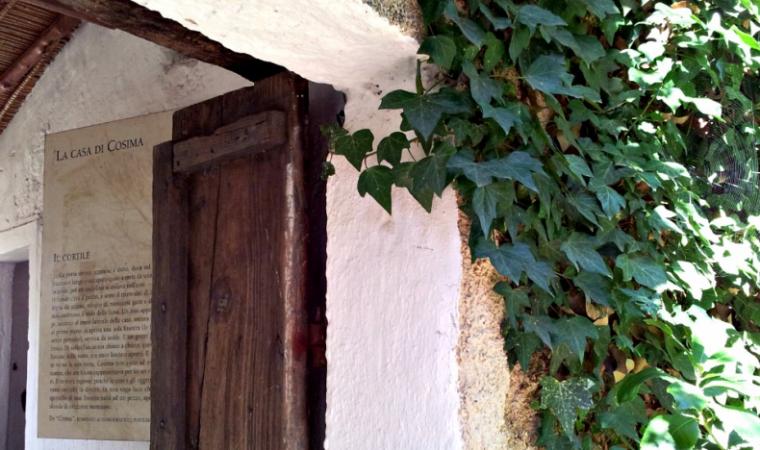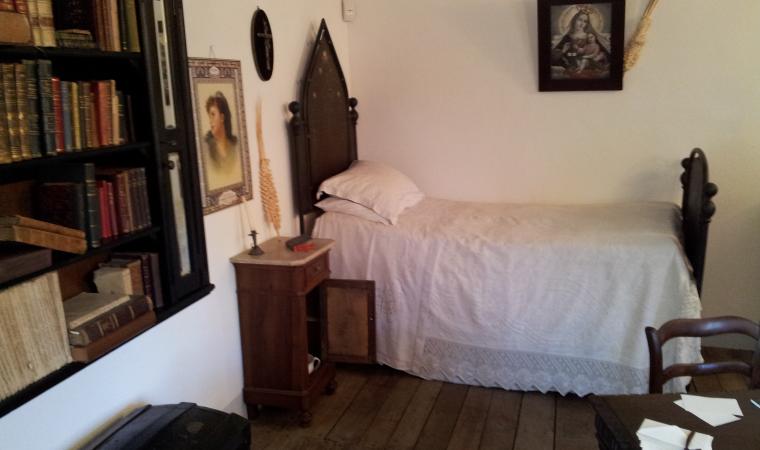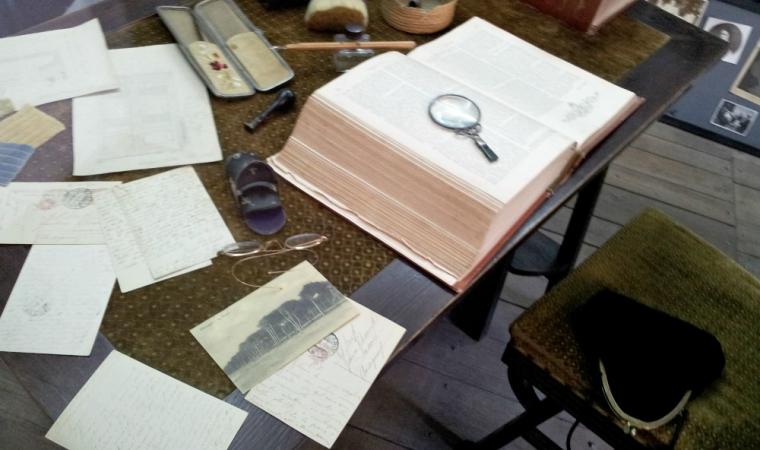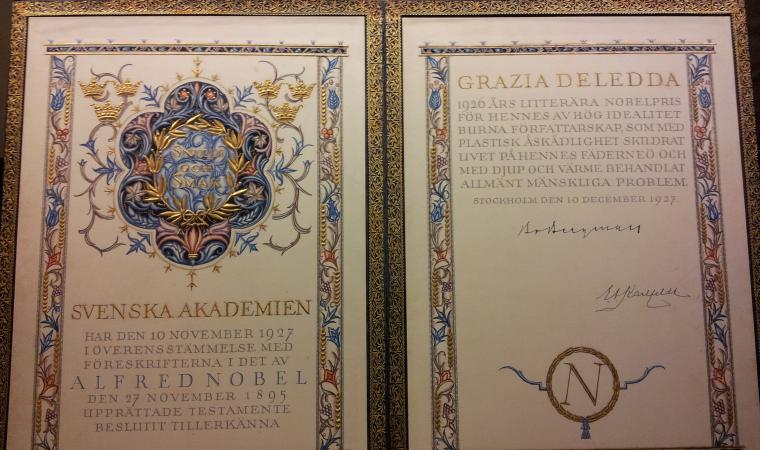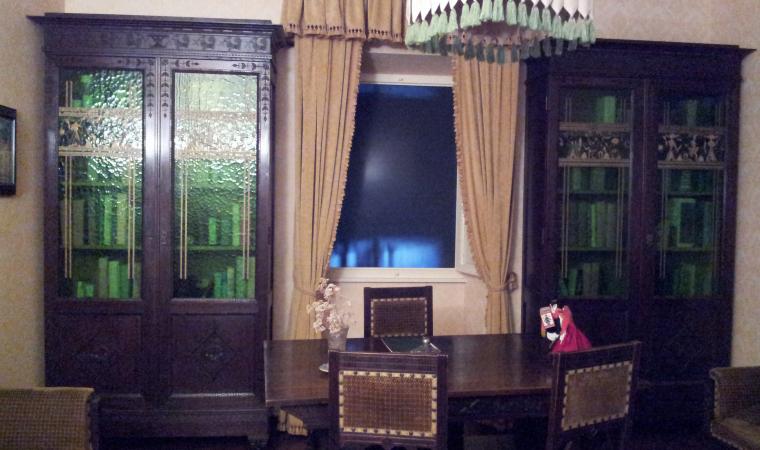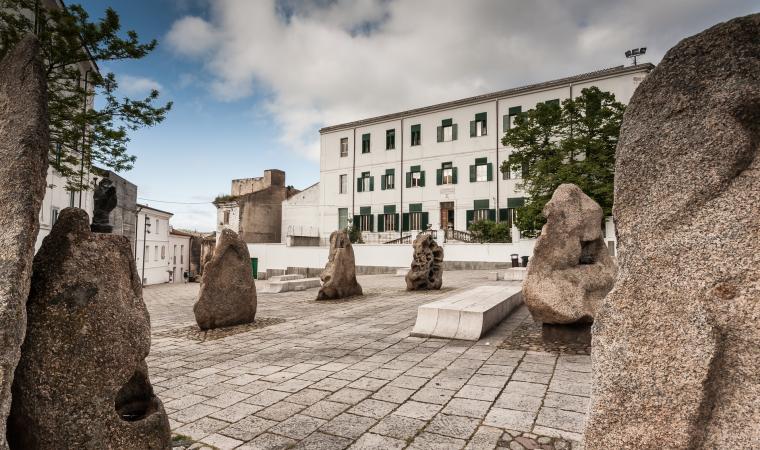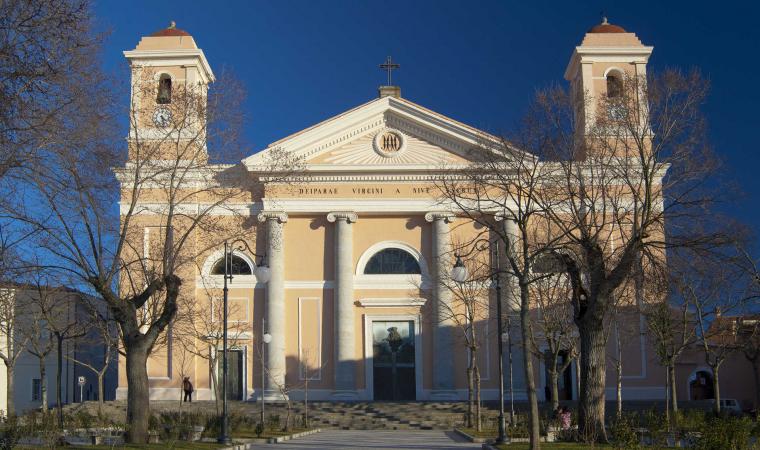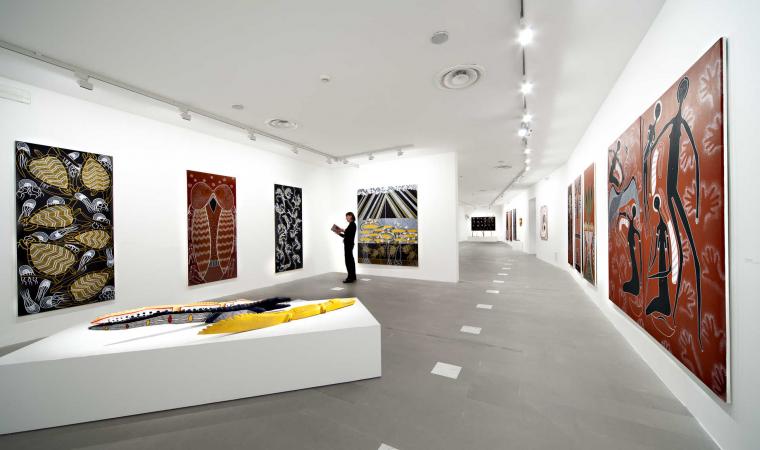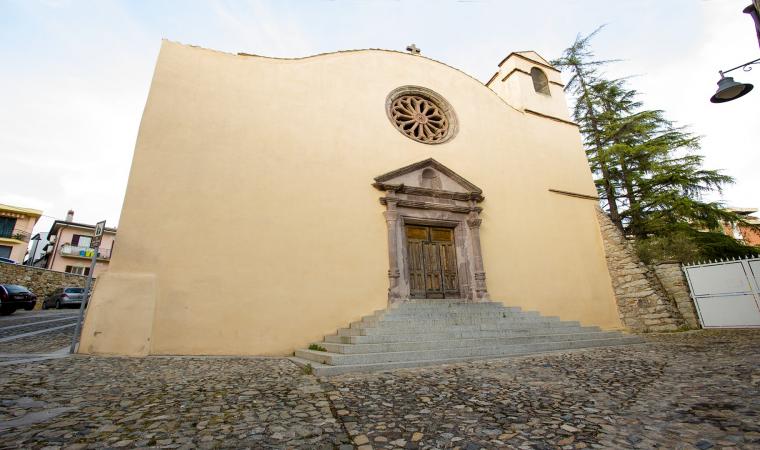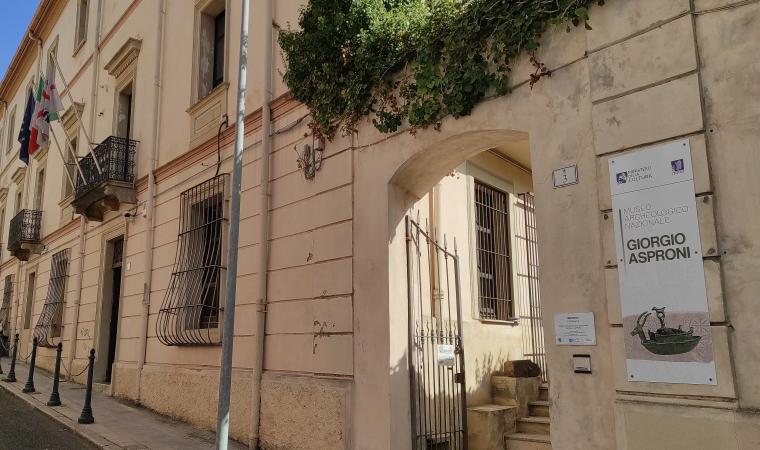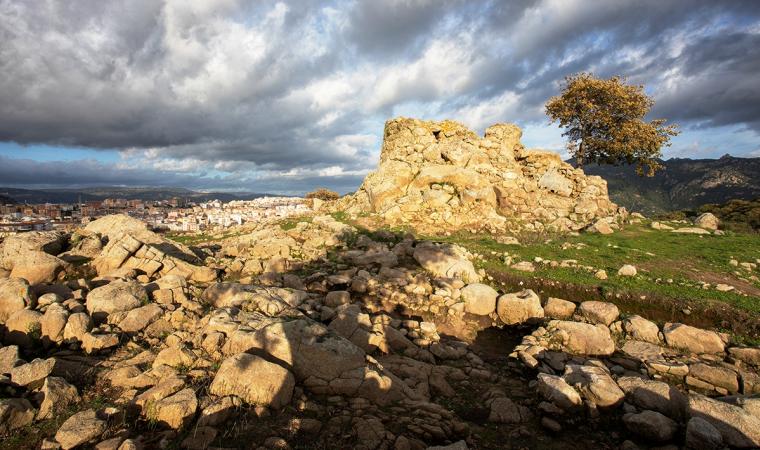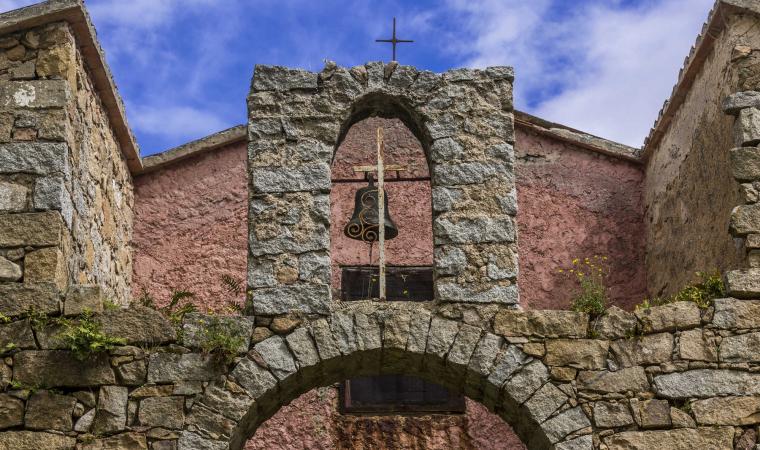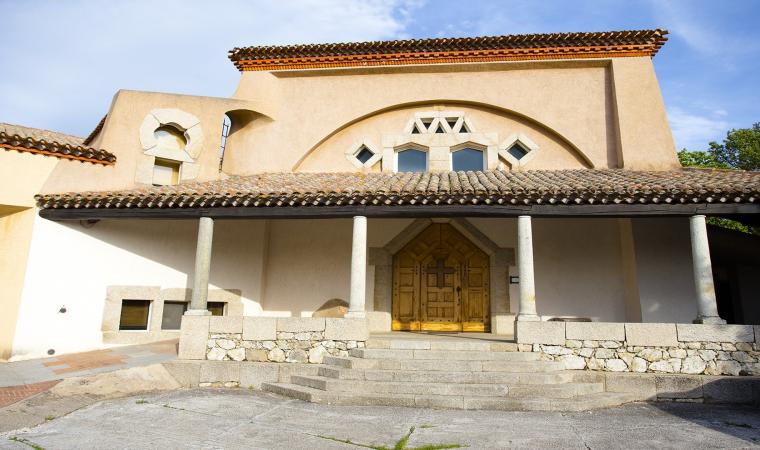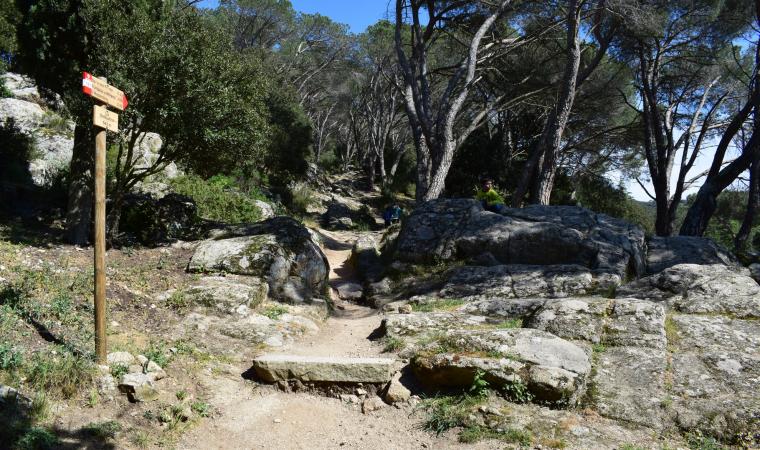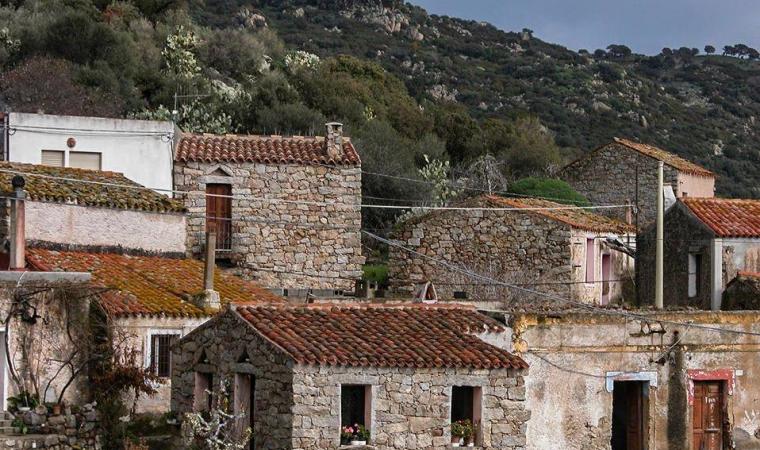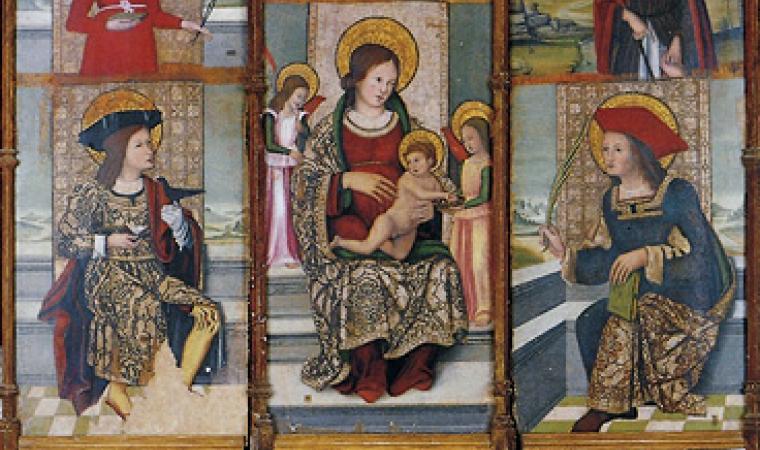Santu Pedru is the district where breeders once lived and, along with the district of Seuna, it represents the ancient part of the city of Nuoro. Grazia Deledda was born here in 1871, in a house typical of the wealthy class in Barbagia, where she lived until her marriage in 1900. The following year, the leading Sardinian writer moved to Rome and only returned to her hometown sporadically, so the house was sold. The Municipality of Nuoro bought it back in 1968, giving it to the Regional Ethnographic Institute (ISRE), which set up a museum, thanks to the collaboration of the artist’s heirs, inaugurated in 1983. Exploring the ten rooms on three levels inside the house, you will discover the unbreakable bond between Deledda and her place of origin and you will travel through time amidst the evidence of culture and society in Nuoro between the late 19th and early 20th century.
The visit to the museum offers images, texts and objects that belonged to the author, winner of the Nobel prize for literature, during her childhood and adolescence, as well as documents regarding the years she spent in Rome. The rooms have been organised and furnished based on the descriptions in the novel ‘Cosima’, particularly the kitchen and pantry. You will see the original Nobel Prize diploma and medal awarded to her in Stockholm in 1926, with images and excerpts from the speech she made at the ceremony. On the first floor, you will find a room dedicated to the cultural scene in Nuoro, ‘Nuoro, the Athens of the Sardinians’. It was originally the guest room and today it contains works, images and biographical notes by Sardinian artists, such as Francesco Ciusa and Sebastiano Satta. On the top floor, the bedroom is inspired by the autobiographical descriptions left in her works.
A panel in the portico of the courtyard describes the history and characteristics of the house. From here, you can enter the inner courtyard, in the shade of two centuries-old oak trees, with benches and bookcase-columns containing books by various authors, where you can stop and read. In the summer, the courtyard becomes the scene of cultural events.
Throughout the twentieth century, Nuoro was a place of lively artistic and literary ferment, demonstrated by numerous places of culture: the Ciusa Museum, dedicated to the famous sculptor and award winner at the Venice Biennale in 1907 and, next door, the Nuoro Museum of Art(MAN), with temporary international exhibitions and works by Sardinian artists; then there is the Museum of Sardinian Life and Popular Traditions, an ethnographic ‘treasure trove’, with jewellery, costumes, masks and references to the island’s intangible cultural heritage, such as the Cantu a Tenore, Sardinian polyphonic folk singing. At the foot of Monte Ortobene, celebrated in Deledda’s novels as the ‘soul’ of the Nuoro people, you can visit the little church of Solitudine, the last stage of the journey in Deledda’s Nuoro: Grazia rests here.

